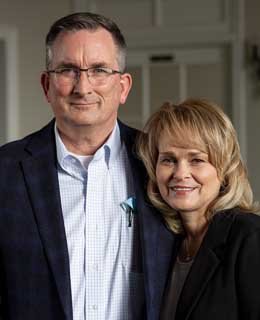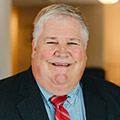Partner With Us
Ensure your funeral home continues to thrive with personalized succession planning. Whether you’re ready to transition or exploring a new chapter, we’re here to honor the business you’ve built.

For many business owners, selling their company marks a pivotal moment in their lives. As a funeral service professional, you’ve built a legacy of trust by guiding your community through life’s most difficult moments. Preserving your business’s heritage and the goodwill you’ve cultivated is essential.
Whether it’s a family-owned business passed down through generations or one you’ve built from the ground up, the decision to sell is shaped by your personal goals and the natural evolution of your business. Some common reasons for selling include:

Simplify
Spend more time serving families and less time managing business operations.

Transfer
No logical successor available to take over and continue the business.

Expand
A desire to grow the business but without the necessary resources.

Retire
Ready to step back and enjoy life beyond work.

No matter your reason for selling, Foundation Partners is here to help you preserve and grow the legacy you’ve built. With over 250 locations across 21 states, serving more than 125,000 families annually, we have both the experience to understand your unique needs and the scale to help you achieve your goals. We deeply value your commitment to your community and the trust you’ve earned with your brand. Whether you choose to stay involved with our leadership team or pursue a new chapter, Foundation Partners is dedicated to honoring and continuing your legacy for generations to come.
Testimonials
Why I partnered
“We didn’t get bought by a big corporation. We partnered with people like us.”

Marc & Janice Brusie
“We don’t see it as being bought out. We see it as a valuable partner buying in.”

Kevin Waterson
“Foundation Partners really understands cremation. They came to the partnership knowing what makes us successful and they are excited to continue our work; that made us comfortable from the very beginning.”

Wendy Kraft & Laura Sussman

Contact Us
If you’re thinking about succession planning, now is the perfect time to arrange a complimentary, confidential financial analysis with Foundation Partners.
Foundation Partners Group
4307 Vineland Road, Suite H-17-19, Orlando, FL 32811
For general inquiries, please call:
Phone: (888) 788-7526
Fax: (407) 583-4735
